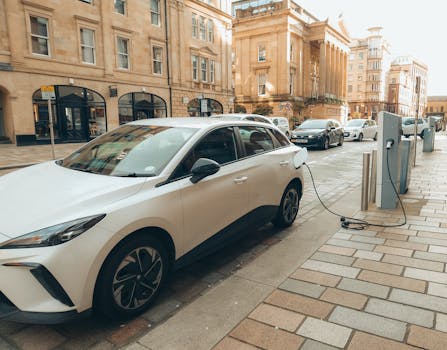
The Future of Transportation has Arrived
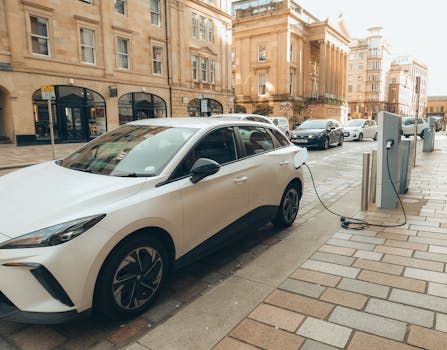
The year 2025 is set to witness a revolutionary transformation in the transportation sector, predominantly driven by cutting-edge technology. Innovations such as autonomous vehicles, advanced electric mobility solutions, and interconnected smart infrastructure will enhance transportation efficiency, sustainable living, and overall user experience. In this post, we will explore these tech gadgets and how they are symbolizing the future of mobility.
1. Autonomous Vehicles: Relief from Road Fatigue
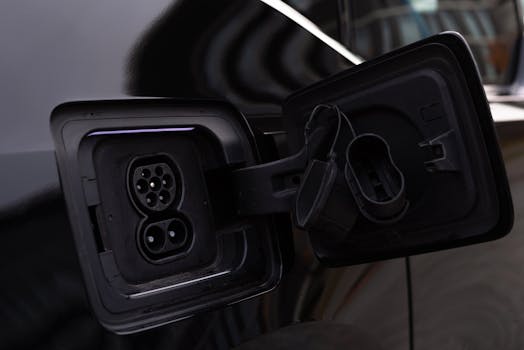
Imagine sitting comfortably in a car that drives itself. By 2025, autonomous vehicles (AVs) are anticipated to be safe, reliable, and widespread. Major automotive companies are racing to bring their AV technologies to market, promising a future where accidents caused by human error can be significantly reduced. Utilizing advanced sensors, cameras, and artificial intelligence, these vehicles are designed to communicate with each other and make real-time decisions, ensuring crowd-free roads and unhindered traffic flow.
2. Railroad System Opportunities: Hyperloop Technology
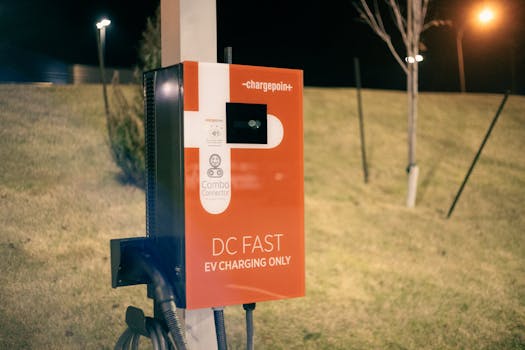
The concept of the Hyperloop—a high-speed transportation system that uses pods traveling through vacuum tubes—could start making its debut in commercial settings by 2025. Advocates argue that this technology will make long-distance travel quicker and more environmentally friendly, as estimates suggest that Hyperloop systems could transport passengers at speeds comparable to jet planes while emitting significantly lower carbon footprints. Currently in various testing phases, its emergence represents a considerable leap into the 21st century for rail technology.
3. Electric Vehicles (EVs): Charges Poised for the Masses
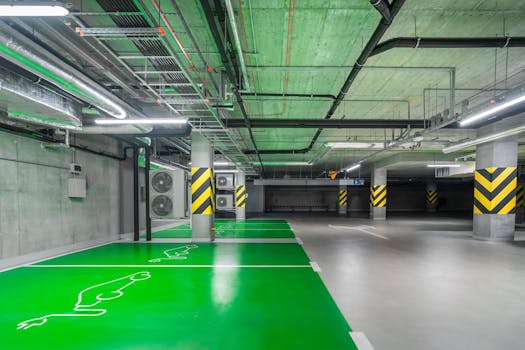
Electric vehicles are taking center stage in the drive for greener transportation options. By 2025, not only will the design and battery life of these vehicles improve, but widespread adoption viability will be in view. New fast-charging stations will spring up in urban areas and along highways, inducing the culture of charging ahead just like filling gas tanks. Innovations in battery technology, such as solid-state batteries, are set to enhance the driving range while reducing charging frequencies, driving mass-market acceptance.
4. Smart Infrastructure: The Brain Behind Reading and Usage Analytics
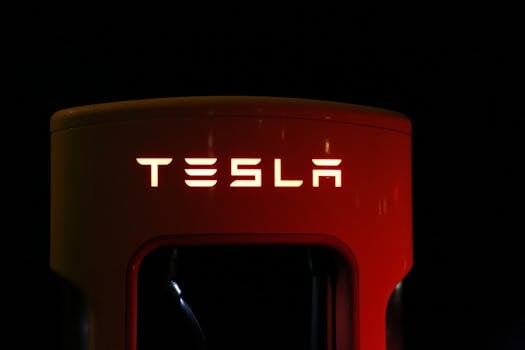
Physical transport solutions are sure to channel big data and IoT with smart infrastructure. By 2025, traffic signals linked to data networks will dynamically adjust timing based on traffic flow, thereby minimizing congestion. Moreover, smart parking systems powered by machine learning and app technology will allow users to efficiently locate open spaces, thus ensuring smooth accessibility. Environmental controls may improve dramatically, lead to less emissions, and cultivate urban green zones rich with recharged transportation infrastructures.

